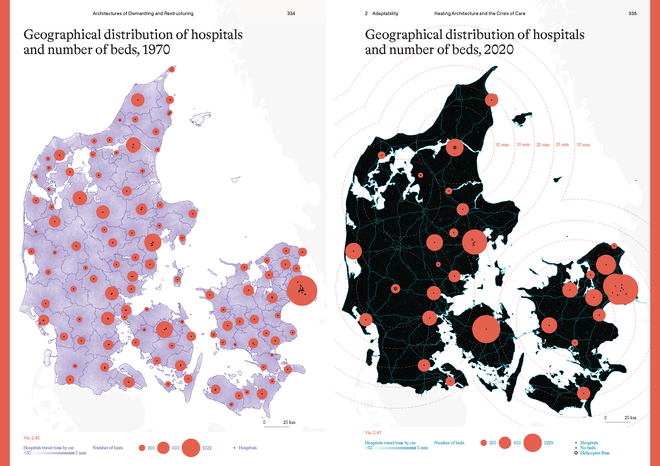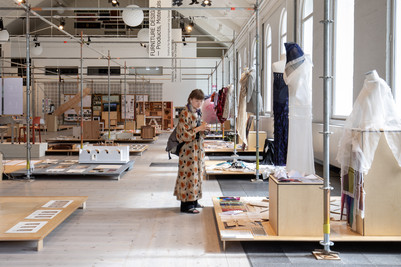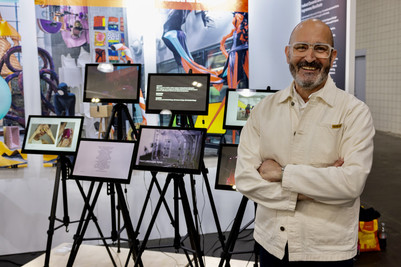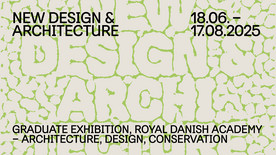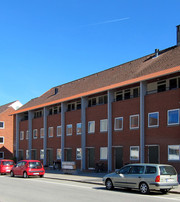
Healing Architecture and the Crisis of Care
Through a special focus on the role of architecture in relation to medical treatment, the project examines the historical development of the welfare state's hospital system towards the contemporary idea of healing architecture.
'Healing architecture' is a term for health architecture designed for a therapeutic purpose; that is, for the purpose that the architecture should contribute to the healing of patients.
Creating healing architecture once again became a concrete construction task, when the Danish state in 2007, in the wake of the national structural reform, invested massively in securing the future of the hospital system by building new hospitals across the country. In addition to the political demands that the capacity, productivity and operation of the hospitals be optimized, the expectation for the “superhospitals” of the future was that the architectural framework should take care of the users' healing and well-being.
Based on a case from a Danish maternity ward, I investigate in this project how healing architecture can be said to play a role as a caregiver in the health and welfare system. Healing architecture as an ideal plays together with the optimization logics that drive the development of the welfare state's health system.
In the project, the focus shifts from healing architecture as an ideal, to a symptom of a care crisis in the welfare system when architecture - pressured by optimization logics - is given a deputy role as caregiver.
